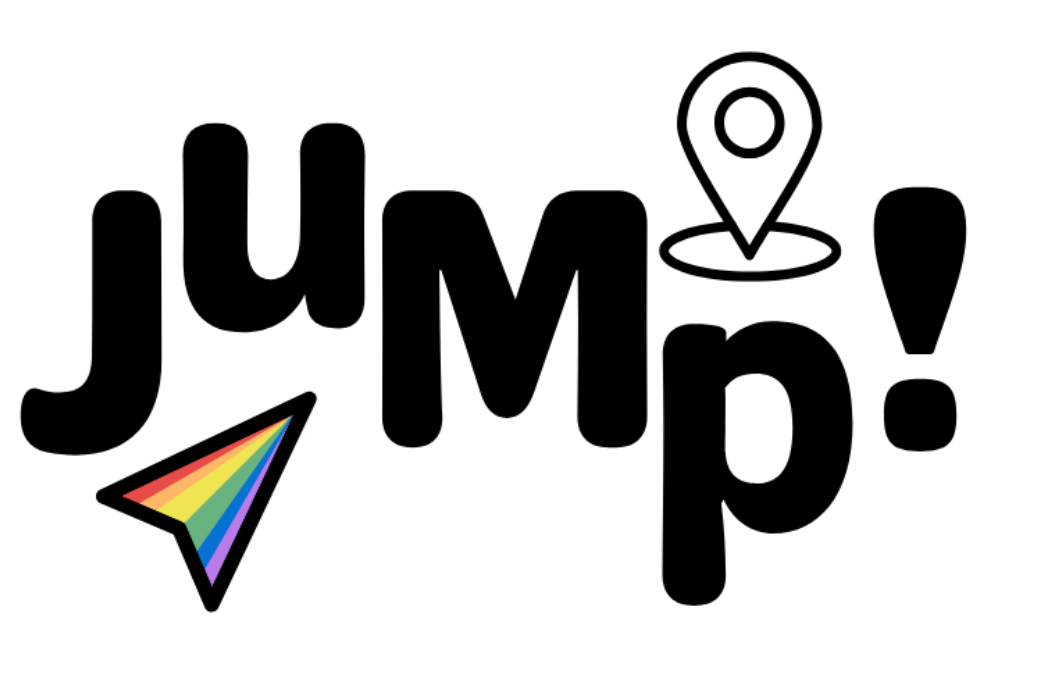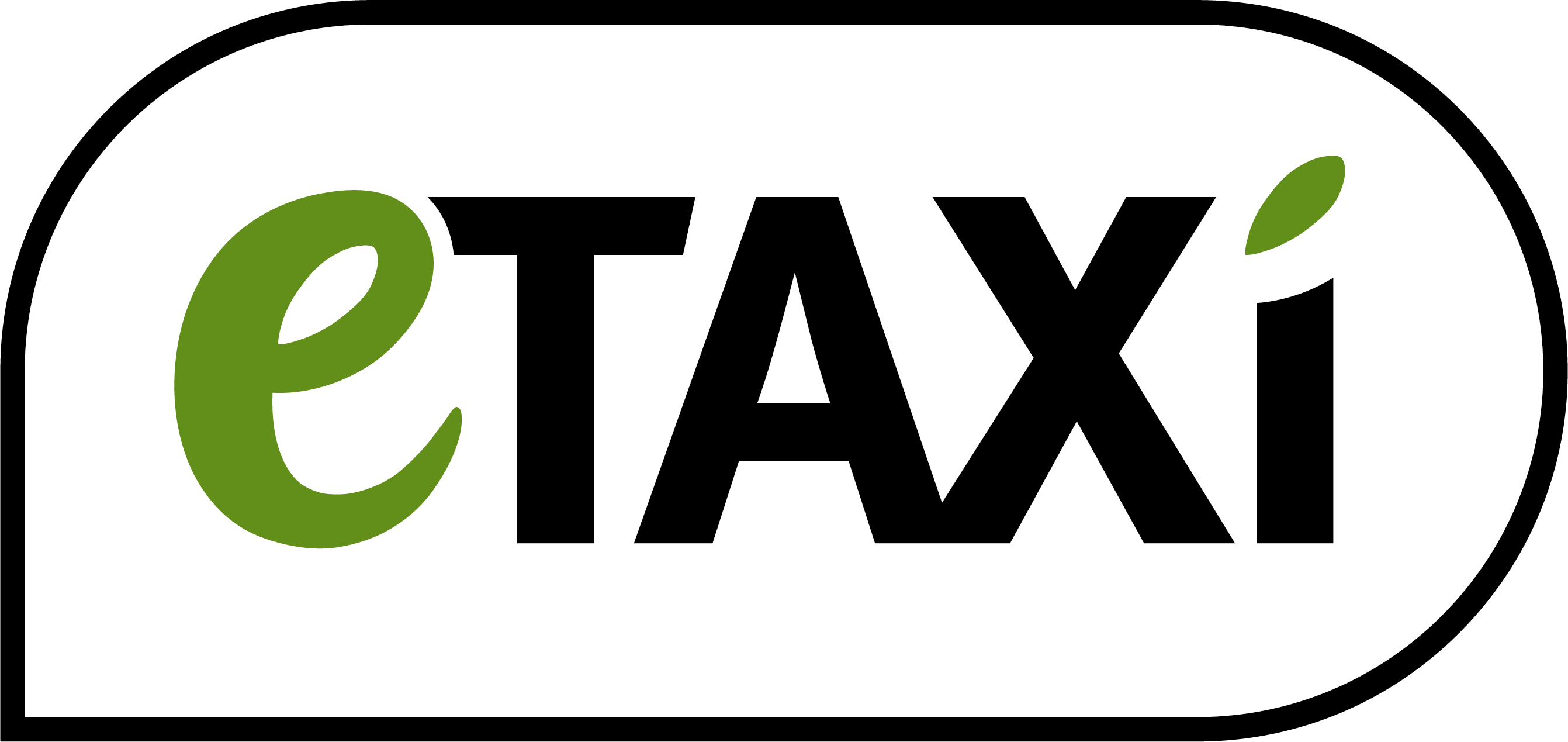Developing new mobility models relies on a profound understanding of the complexities that underlie mobility decisions. Whether it is about technical, organizational innovations or incentives in the field of user behavior, our mobility research always takes a 360 ° perspective: individual mobility decisions (which transport mode do I choose?, How often do I make that sort of trip and what mobility resources do I even acquire for my household? etc.) is influenced by a vast set of individual, household-related, spatial, organizational or even non-tangible (e.g. cognitive or behavioral) factors, such as the household structure, lifestyle, income, multimodal accessibilities, temporal arrangements pertaining to work or subjective values. Many of these factors, in turn, are interdependent; from our point of view mobility cannot be analyzed isolated from other areas of life (such as living or working).
We bring in both extensive empirical experience and the required methodological know-how to comprehensively and fact-based answer research questions in the field of mobility and mobility behavior. In the process we always focus on the scientific objective rather than the method itself. Our interdisciplinary research approach, out-of-the-box thinking and effective knowledge management (tbwr knowledge) help us on the way.
Our competences in mobility research and statistical modeling include:
- Comprehensive knowledge of the national and European data on mobility; effective data management
- Techniques for (spatial) aggregation / disaggregation of data in order to link different databases and granularities
- Implementation of structure-discovering statistical analyzes, such as cluster analyzes or factor analyzes
- Development of multivariate statistical models to explain / simulate / predict mobility behavior (e.g., choice of means of transport, frequency of frequencies, distance distributions, etc.): linear regression models, multinomial logistic regression models, etc.
- Competent interpretation of the content of statistical modeling from user or client perspectives.
- Transparent reporting and scientific dissemination in international journals









































